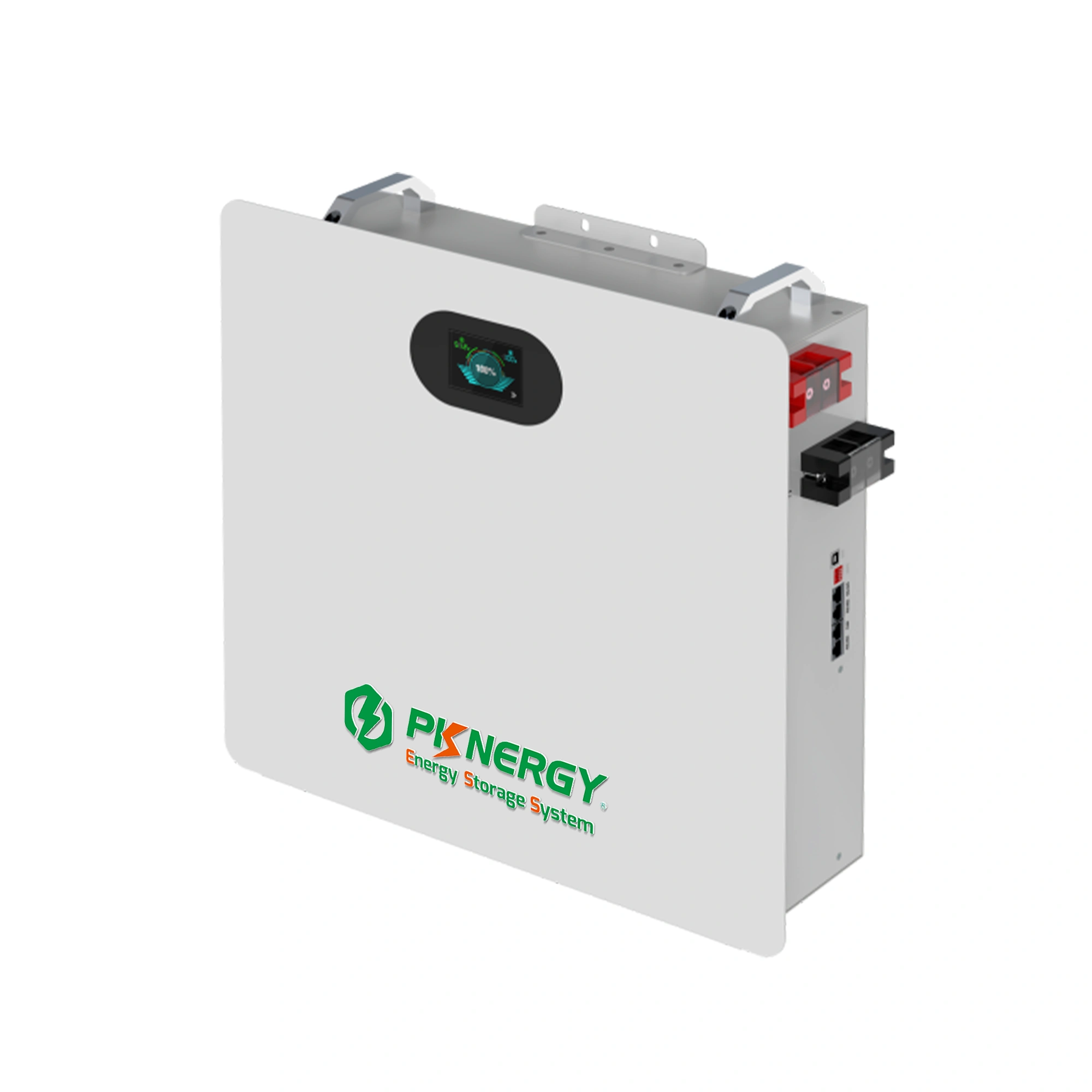Are LiFePO₄ Batteries Safe for Home and Commercial Use?
Intro: Why Battery Safety Matters
As the demand for residential energy storage and electric mobility grows, battery safety has become a key concern for manufacturers and end-users alike. Among various chemistries, lithium iron phosphate (LiFePO₄) batteries stand out for their enhanced thermal stability, lower fire risk, and long service life. But are they truly safe for home and commercial installations? This article explores the facts and common misconceptions about LiFePO₄ battery safety.
What Is the Problem with LiFePO₄ Batteries?
While LiFePO₄ batteries are among the safest lithium technologies, no battery is entirely risk-free. Some potential issues include:
-
Thermal runaway under severe overcharge or puncture (though much less likely than other lithium chemistries)
-
Cell imbalance over time without a proper Battery Management System (BMS)
-
Physical damage from improper handling or installation
Proper system design, certified cells, and quality BMS integration are critical to maximizing safety.
What Is the Lifespan of a LiFePO₄ Battery?
LiFePO₄ batteries typically offer:
-
Cycle life: 3000–6000 full charge/discharge cycles
-
Service life: 8–15 years under normal usage conditions
-
Capacity retention: 80% or higher after 2000+ cycles
This long lifespan not only reduces replacement costs but also minimizes environmental impact compared to lead-acid or standard lithium-ion batteries.
What Are the Disadvantages of Lithium Phosphate Batteries?
Despite their advantages, LiFePO₄ batteries have some limitations:
-
Lower energy density compared to NMC or LCO cells (bulkier at same capacity)
-
Higher upfront cost relative to lead-acid batteries
-
Limited low-temperature performance unless equipped with heaters
However, these trade-offs are often acceptable when safety and lifespan are prioritized.
Is LiFePO₄ Safer Than AGM Batteries?
Yes, in most conditions. Compared to AGM (Absorbent Glass Mat) lead-acid batteries:
-
No hydrogen gas emission during charging
-
Lower thermal runaway risk under overcharging
-
Built-in overcharge, overdischarge, and temperature protections (via BMS)
LiFePO₄ is not only safer chemically but also smarter electronically.
Is LiFePO₄ Better Than Lithium-ion Cycles?
LiFePO₄ offers significantly better cycle life and thermal stability than conventional lithium-ion chemistries like NMC or LCO:
| Feature | Li-ion (NMC/LCO) | LiFePO₄ |
|---|---|---|
| Typical cycle life | 1000–2000 cycles | 3000–6000 cycles |
| Thermal runaway risk | Higher | Much lower |
| Safe operating range | Narrower | Wider |
For long-term reliability, especially in stationary storage, LiFePO₄ is generally the preferred choice.
Which Is Better: LiFePO₄ or Lead Acid Battery?
| Feature | Lead Acid | LiFePO₄ |
|---|---|---|
| Cycle life | 300–500 cycles | 3000–6000 cycles |
| Depth of discharge | 50% recommended | 80–90% usable capacity |
| Maintenance | Regular electrolyte checks | Maintenance-free |
| Safety | Moderate (gas risk) | High (sealed, no gas) |
For users seeking longer service life, better energy efficiency, and minimal maintenance, LiFePO₄ is the superior option despite higher upfront costs.
For larger-scale applications like commercial facilities, industrial and commercial BESS built with LiFePO₄ are becoming a popular choice due to their long-term reliability and safety.
Are LiFePO₄ Batteries a Fire Risk?
The fire risk associated with LiFePO₄ batteries is extremely low compared to other lithium chemistries. Due to their stable iron-phosphate bonds, they resist overheating and combustion even when punctured or short-circuited.
However, catastrophic failure can still occur under extreme abuse conditions, though it is rare.
How Likely Will Lithium Batteries Catch Fire?
Statistics show that LiFePO₄ batteries have:
-
Much lower fire incidents compared to LCO (laptop) or NMC (EV) batteries
-
Failures often traced back to poor BMS, mechanical damage, or faulty manufacturing, not the chemistry itself
Selecting batteries from reputable manufacturers and ensuring proper installation minimizes risks further.
How Do You Extinguish a LiFePO₄ Battery Fire?
In the rare event of a thermal event:
-
Use a Class D fire extinguisher specifically rated for lithium fires if available
-
Alternatively, use dry sand to smother small battery fires
-
Do not use water directly on a burning battery, as it may react violently with lithium compounds
However, prevention through quality design and protection systems remains the best strategy.
Can a Lithium Battery Be Installed Inside a House?
Yes, and LiFePO₄ is one of the best choices for indoor battery installation because:
-
It emits no gases during charging
-
It operates within safe temperature ranges
-
It can be easily integrated with residential ESS systems
Proper ventilation, spacing, and certified enclosures are still recommended for larger installations.
To learn more about reliable battery backup for home use, explore our dedicated solutions.
Is LiFePO₄ Safe in the House?
Absolutely. Residential storage systems using LiFePO₄ batteries are considered safe by major international standards, provided they are:
-
Installed by certified professionals
-
Equipped with advanced BMS protection
-
Maintained within manufacturer-specified temperature and load limits
PKNERGY offers custom residential LiFePO₄ energy storage solutions with built-in multi-level protection to ensure safe indoor use.
Conclusion
LiFePO₄ Batteries Set a New Standard for Safety. LiFePO₄ batteries combine chemical stability, long cycle life, and advanced protection systems, making them one of the safest energy storage options available today.
For homes, businesses, and mobile applications seeking dependable and safe energy solutions, LiFePO₄ technology offers unmatched advantages when sourced from trusted manufacturers and installed correctly.
Save Money, Protect Environment
PKNERGY helps you reduce your energy bills for your home solar energy storage, store your solar energy for use anytime- at night or during an outage.





